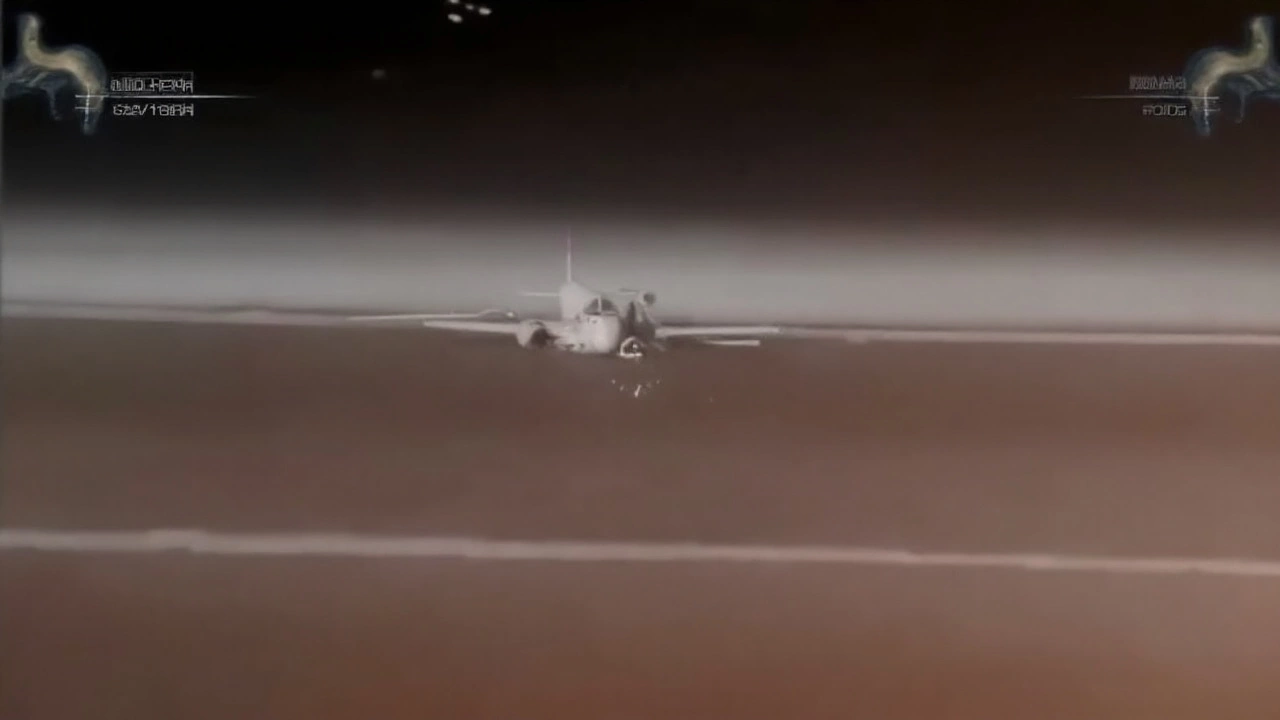Intensified Ukrainian Operations on Multiple Fronts
On September 22, Ukraine showcased a coordinated surge in offensive activity that spanned land, air and sea. In the occupied Donetsk and Luhansk regions, Ukrainian artillery and precision‑guided munitions ripped apart large Russian drone stockpiles and ammunition depots. The blows crippled Moscow’s supply chain, forcing the Russian army to reroute logistics and stretch thin its frontline reserves.
Perhaps the most headline‑grabbing achievement came from the Special Operation Forces (SSO), which announced the destruction of an entire S‑400 air‑defence battery. By neutralising both the launch platform and its radar, Ukrainian units eliminated a key layer of Russia’s high‑altitude protection, opening a window for subsequent air operations over contested zones.
Beyond the front lines, Ukraine’s Security Service (SBU) deployed long‑range reconnaissance drones deep into Russian territory. One strike hit a major Gazprom refinery in Bashkortostan—roughly 1,400 km from the Ukrainian border—while a previous attack targeted an oil processing plant in Saratov. These hits are not just symbolic; they directly chip away at the petroleum revenues that bankroll Russia’s war machine.
On the water, Kyiv unveiled a massive sea‑drone designed to scour the Black Sea and threaten the heavily fortified Crimean Bridge. Analysts say the unmanned surface vehicle can loiter for days, carry a payload capable of damaging the bridge’s support pylons, and operate under harsh weather conditions. If deployed effectively, it could force Russia to divert naval assets to guard a critical supply artery to occupied Crimea.
In a historic first, Ukrainian forces also downed two Russian amphibious aircraft stationed in Crimea, demonstrating an expanding ability to strike air assets stationed on the peninsula. Footage released by intelligence sources showed the aircraft descending in flames, a blow to Russian morale and a clear signal that Kyiv’s reach now extends into previously secure Russian‑held airfields.
Additional hardware losses for Moscow include the destruction of a rare ‘terminator on tracks’ engineering vehicle—an often‑overlooked piece of equipment used to breach fortifications. Its loss hampers Russian engineering units tasked with building or repairing defensive lines.
Regional Fallout and International Responses
While Ukraine’s battlefield gains made headlines, neighboring states and NATO partners stepped up their own security measures. Moldovan authorities detained 74 individuals suspected of collaborating with Russian intelligence to incite unrest ahead of the country’s September 28 parliamentary elections. The arrests underscore a growing awareness of Moscow’s attempts to destabilise democratic processes across Eastern Europe.
In the Baltic Sea, German radar operators reported the interception of a Russian spy aircraft, prompting NATO’s rapid response teams to scramble fighter jets. The incident highlights the continued cat‑and‑mouse game over airspace surveillance in a region where NATO and Russian forces operate in close proximity.
Lithuania announced a 15 million‑euro package aimed at Ukraine’s post‑war recovery, specifically earmarked for programs that support the Ukrainian people—a clear statement that the Baltic nation views its own security as linked to Kyiv’s resilience.
Russia, not staying idle, launched overnight missile and artillery raids on the Zaporizhzhia, Sumy and Kyiv regions, claiming at least three civilian lives. These strikes targeted power substations and residential areas, intensifying fears of a humanitarian crisis as winter approaches. Simultaneously, Ukrainian drones set fire to electrical substations in Russia’s Krasnodar Krai, echoing the tit‑for‑tat strategy of striking energy infrastructure on both sides of the front.
Humanitarian agencies are sounding the alarm over the looming cold season. Damage to power grids, combined with disrupted gas supplies, threatens to leave millions without heating. International aid flows continue, with military equipment, financial grants and food parcels arriving via multiple channels to keep both the defense effort and civilian life afloat.Overall, the events of September 22 paint a picture of a conflict that is expanding beyond traditional battlefields. Ukraine’s ability to strike deep into Russian territory, coupled with new maritime weaponry, forces Moscow to defend a wider array of targets, stretching its resources thinner. At the same time, regional actors are tightening security, cracking down on espionage, and pouring funds into Kyiv’s recovery—illustrating how the war’s ripple effects are reshaping the entire Eastern European security landscape.





